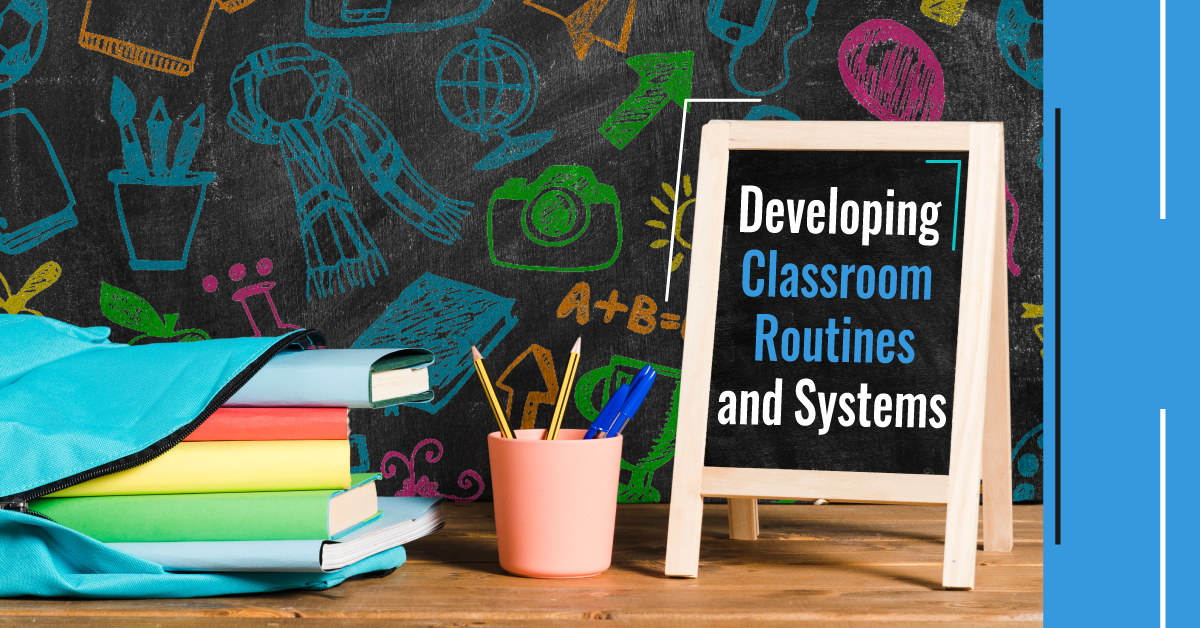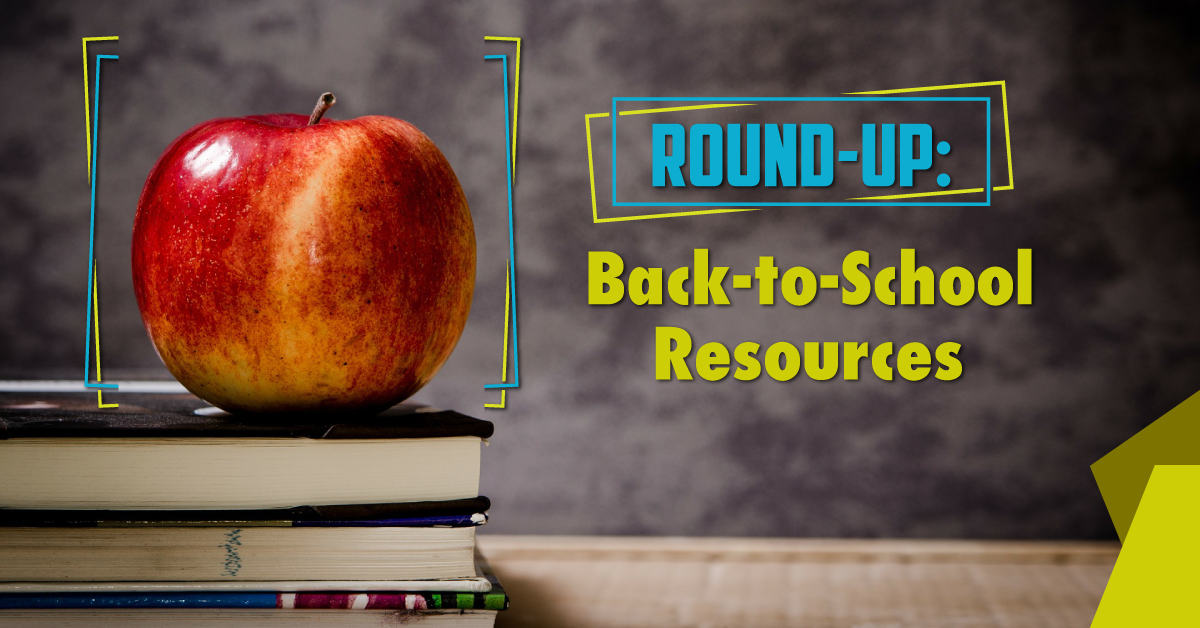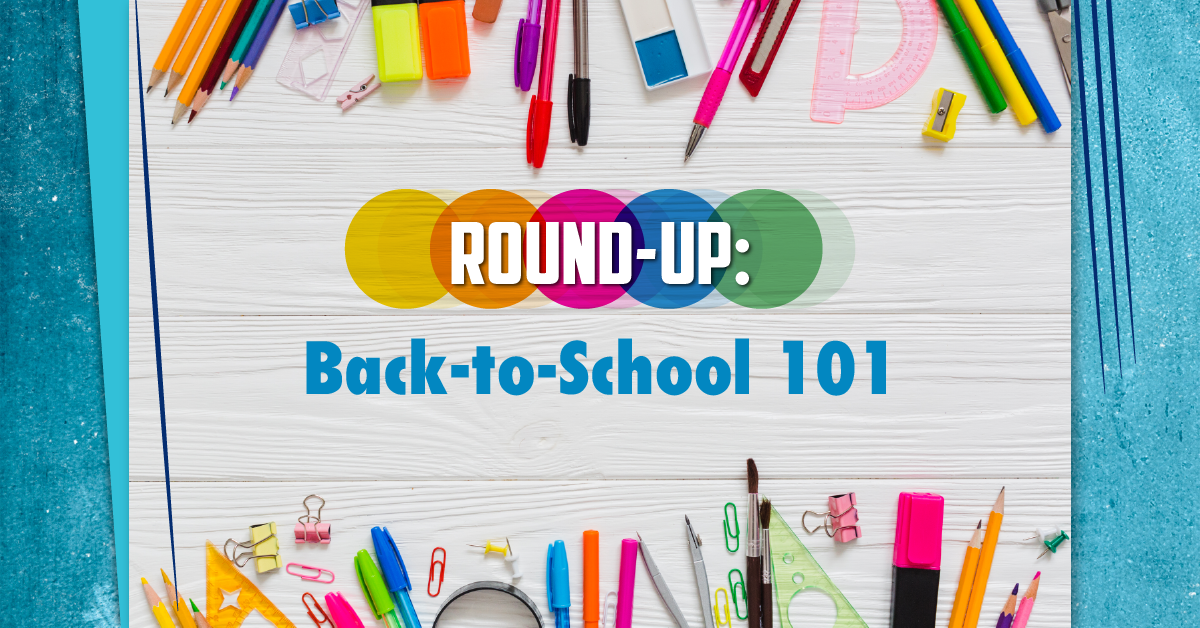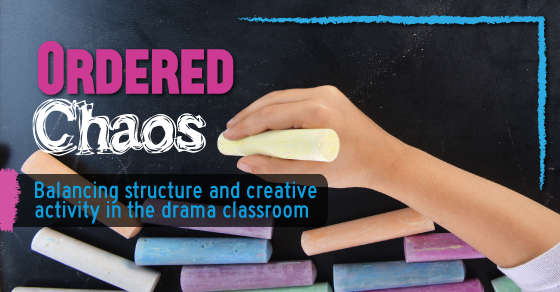Developing Classroom Routines and Systems
Classroom routines and systems help students and teachers alike feel organized and secure. There’s something comforting about knowing what is expected, what happens next, and what the general structure of class will be, even if students don’t yet know what the lesson is going to be about.
Classroom routines and systems also help students shift into a drama class mindset. When students enter the drama classroom, they might be antsy from sitting silently for long periods of time in their other classes, or sluggish after eating a big lunch. Having students go through a familiar routine as soon as they enter the drama classroom helps them focus their energy and get ready to start their lesson.
Here are five ideas for routines and systems that you can implement in your drama classroom:
1. A place for everything and everything in its place
As soon as your students cross the threshold into the drama classroom, they need to know things like where to put their personal belongings, where to sit, and where to hand in assignments. What this system looks like will depend on your classroom situation. If you’re in an auditorium, your students might sit in the front row of seats and stow their books and bags under their chairs. In a shared classroom setting, your students might need to move desks or tables out of the way first thing while you bring your drama supplies into the room on a rolling cart, and then move the tables back to their original spots at the end of the class. Assignments might be turned in on your desk, or in a labeled basket near the door. You might even make a poster with this information for everyone to see.
2. Bell work
A great way to start your class is with bell work — a short activity for students to work on as soon as they enter the room and put their personal items away. This helps get them into a drama class mindset. It also lets students know that while drama class is fun, they’re expected to get on task right away. Bell work could be answering a question of the day or responding to an Idea Machine prompt, or responding to a journal prompt.
3. Check-in and check-out
It’s great to see how your students are feeling and gauge their energy and focus levels at the beginning and end of class. Many teachers employ this simple routine: start each class with a check-in (“How are you feeling?” “Anything I should be aware of today?”) and end each class with a check-out (“What did you learn today?” “How are things different from the beginning of class?”). This doesn’t need to be long or drawn out; students can respond verbally, with a thumbs-up or thumbs-down, or whatever method you think is appropriate. But getting insight into your students’ mindset can help you make subtle adjustments to your lesson plan if you wish, and your students will appreciate knowing you care about them enough to ask them how they’re doing.
4. Warm-ups
Warm-ups are never a waste of time. They get students moving, get them out of their heads and into their bodies, and help them think creatively. They’re great for making you laugh, they can introduce new concepts (prior to delving deep during the lesson), and they can reinforce skills learned in previous lessons. The Theatrefolk blog has tons of warm-up activities on lots of different topics:
- Warm-Up Exercises for Trust-Building
- Warm-Up Activities That Encourage Communication
- Fun Rehearsal Warm-Ups to Get Everyone Ready
- Community-Building Warm-Ups for the Drama Classroom
5. Exit slip / reflection
Exit slips and reflections are fantastic tools to use at the end of class. Reflecting helps students in so many ways, including allowing them to pause, think about what they’ve learned, make sense of the material, and relate it to themselves and their individual situations. Exit slips can be directly related to the lesson or used in place of a verbal check-out. Here’s a great collection of reflection prompts you can use in your classroom.



